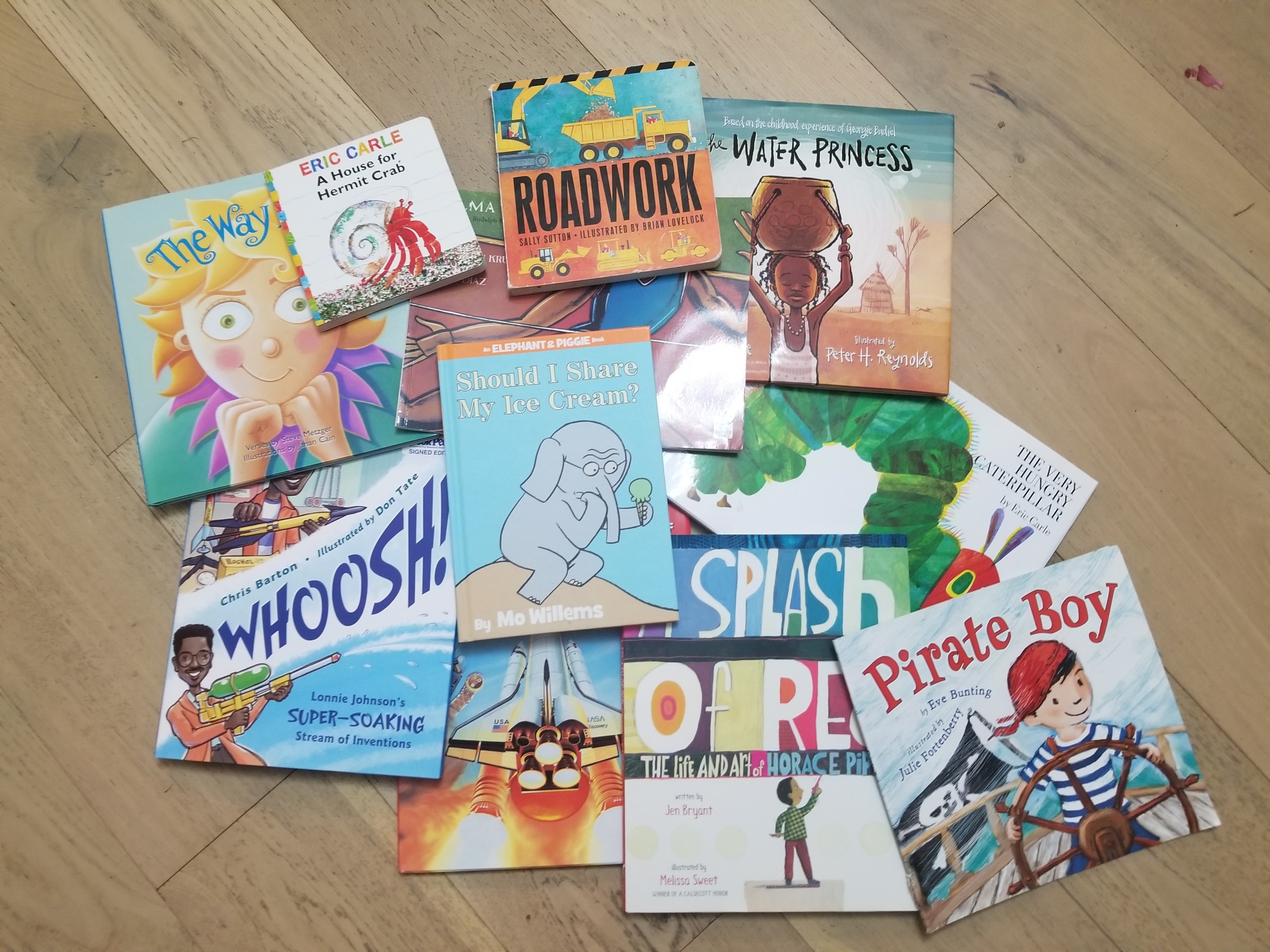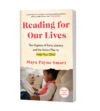It’s that time of year again. When kids are looking forward to a break from the classroom. When beach bags take the place of backpacks. And when parents begin rapping on my door with panicked looks asking, “What do I do to help them read?”
And I get it—with camps to attend, a desire to spend fun time together, and constant stories about summer reading losses floating around, summer reading can feel overwhelming.
Never fear! We’ve got you covered with five favorite summer reading tips to keep your young kids learning and having fun all summer long.
Summer Reading Tip 1: Lead by Example!
Make sure your children see you reading, especially in your everyday life. Sometimes a child will ask “Why do I have to read? Mommy doesn’t read.” But, of course, adults are reading all the time; kids may just not realize it.
Even if they don’t often see you sitting down reading a book, you can narrate your actions to show that you’re reading all day long. For example, if your child is near while you check emails, say, “I am reading emails.” After going to the store, make a show of reading the receipt. Point out ads on the bus or subway and read them out loud. When your child sees how much you can read, they’ll want to join in!

Summer Reading Tip 2: Silent Dinner
This one is for your kids who are already reading and writing a bit. One night, have a silent family dinner night. Give everyone paper and pencils with dinner. The one rule is no talking out loud! Write down questions about how everyone’s day was. You all have to respond by writing and sharing.
If you need to pass the salt—write it down and show the table your paper. This is a fun way to weave reading into an everyday activity. It also helps a reluctant reader take part without feeling like they’re being forced to sit and study. So much more fun than a workbook!
Summer Reading Tip 3: Stuffed Animal Story Time!
Children love to be the boss. It’s one of the reasons many kids like to play school and appoint themselves the teacher and the adult the student. They want to be in charge. If you’ve ever been to a group story time, you’ll notice that it usually includes the reader asking the audience to clap, make faces, or answer open-ended questions as they read. You can also model this when you read to your child.
Help your child set up a stuffed animal story time. They can set up their toys, choose the books to read, and even make a story time sign! Once everything is set up, join the stuffed animal audience and have your child read to you. If they struggle to read a word, patiently wait for them to try to figure out the word. Don’t jump in and read it for them. If they ask for help, offer guidance. Make it a fun, low-pressure experience!

Summer Reading Tip 4: New (to You) Books
Variety is the spice of life and the same is true of books. Change what’s on your shelf regularly and find different ways to acquire new books. From toys to new reads, children want to spend time with the newest thing they have—especially when they get to pick it out themselves!
Bringing in new books regularly means that children will want to sit and read (or be read to). Of course, new books can be expensive, but there are many cheap and free options. Visit the public library where you live. Many have story times and summer reading participation programs. You can also organize a book swap with friends and neighbors.
You can even make getting books an adventure! Check Nextdoor, Facebook, and Craigslist for yard sales and go out to hunt for inexpensive books that way. The Little Free Library program has an online map that shows you where to find book locations in parks and neighborhoods. Make a list and see how many different little libraries your family can visit this summer. It’s also a great way to give away books that your family no longer needs.
Summer Reading Tip 5: Keep it consistent!
However you choose to work reading into your little life, make sure it is consistently there. You don’t have to do the same activity every day, but make sure to incorporate some sort of reading into each day. Even if it’s as small as letting them help you read a takeout menu or texts from Grandpa, keep reading in the mix.
Reading can be challenging for children, and teaching a child how to read can be just as daunting. Just remember this: The drier and more high-pressure reading is, the more children tend to pull away from it. If you show how much fun it can be, your child will be drawn to follow your example.
Pin me for reference:



